Description
Saint Anthony Abbot and Saint Bernardino of Siena by Jacopo Bellini printed on a Hoodie
About the Hoodie
Modern fit
It provides a more tailored look than a regular fit
Comfortable
The fabric and fit of this item are extra comfy
Tear-away tag
Easily removable tear-away tag that allows you to add a custom inside label
Premium quality
The product is made from premium, high-quality materials
Classic unisex hoodie with a front pouch pocket and matching flat drawstrings. The 100% cotton exterior makes this hoodie soft to the touch.
- 65% ring-spun cotton, 35% polyester
- Charcoal Heather is 60% ring-spun cotton, 40% polyester
- Carbon Grey is 55% ring-spun cotton, 45% polyester
- 100% cotton face
- Fabric weight: 8.5 oz./yd.² (288.2 g/m²)
- Front pouch pocket
- Self-fabric patch on the back
- Matching flat drawstrings
- 3-panel hood
- Tear-away tag
Jacopo Bellini (c. 1400 – c. 1470)
Jacopo Bellini was one of the founders of the Renaissance style of painting in Venice and northern Italy. His sons Gentile and Giovanni Bellini, and his son-in-law Andrea Mantegna, were also famous painters.
Few of Bellini’s paintings still exist, but his surviving sketch-books (one in the British Museum and one in the Louvre) show an interest in landscape and elaborate architectural design and are his most important legacy. His surviving works show how he accommodated linear perspective to the decorative patterns and rich colors of Venetian painting.
Born in Venice, Jacopo had probably been a pupil of Gentile da Fabriano, who was then in Venice. In 1411–1412 he was in Foligno, where with Gentile he worked at the Palazzo Trinci frescoes. In 1423 Bellini was in Florence, where he knew the new works by Brunelleschi, Donatello, Masolino da Panicale and Masaccio. In 1424 he opened a workshop in Venice, which he ran right up until his death, and which trained his sons and other artists.
Many of his greatest works, including the enormous Crucifixion in the cathedral of Verona (1436), have disappeared. From c. 1430 is the panel with Madonna and Child, in the Accademia Carrara, once attributed to Gentile da Fabriano. In 1441, at Ferrara, where he was at the service of Leonello d’Este together with Leon Battista Alberti, he executed a portrait of that Marquess, now lost. Of this period survives the Madonna dell’Umiltà, probably commissioned by one of the brothers of Leonello.
The influence from Masolino da Panicale towards more modern, early Renaissance themes is visible in the Madonna with Child (dated 1448) in the Pinacoteca di Brera: for the first time, perspective is present and the figure are more monumental. Later he contributed with works now lost to the Venetian churches of San Giovanni Evangelista (1452) and St. Mark (1466). From 1459 is a Madonna with Blessing Child in the Gallerie dell’Accademia.
Later he sojourned in Padua, where he trained a young Andrea Mantegna in perspective and classicist themes and where, in 1460, he finished a portrait of Erasmo Gattamelata, now lost. Of his late phase, a ruined Crucifix in the Museum of Verona and an Annunciation in the church of Sant’Alessandro of Brescia remain.
Giovanni Fontana showed Bellini a treatise on perspective.

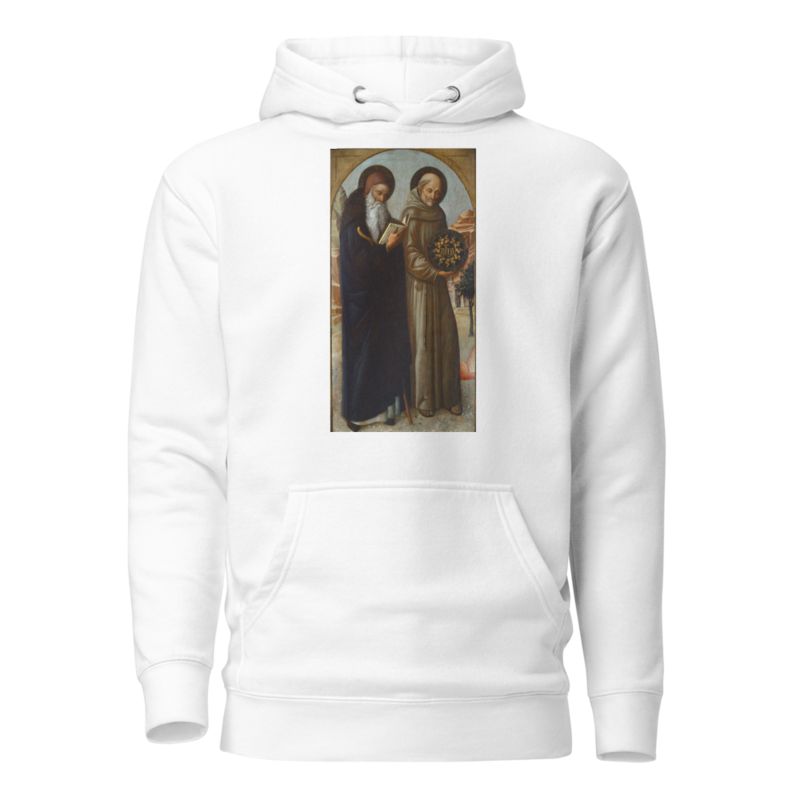
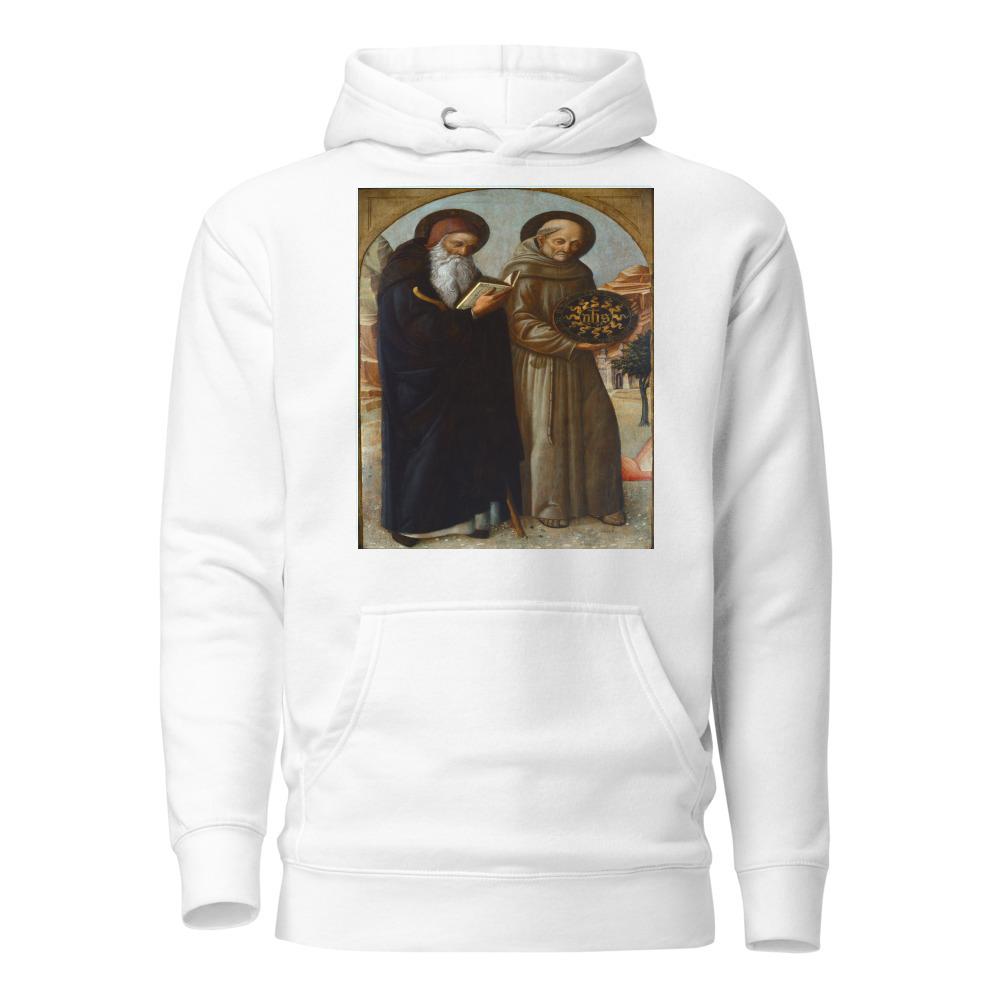
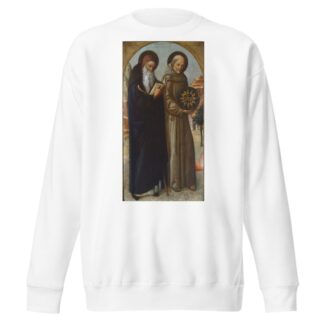
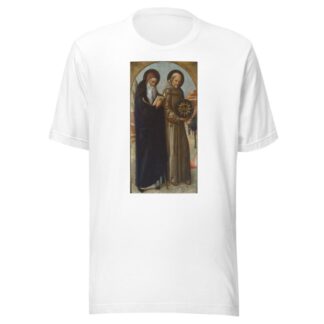
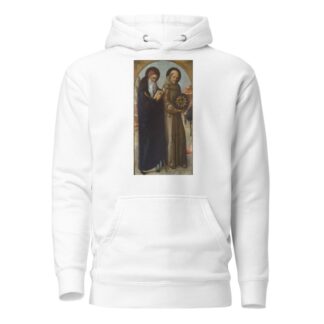
Reviews
There are no reviews yet.